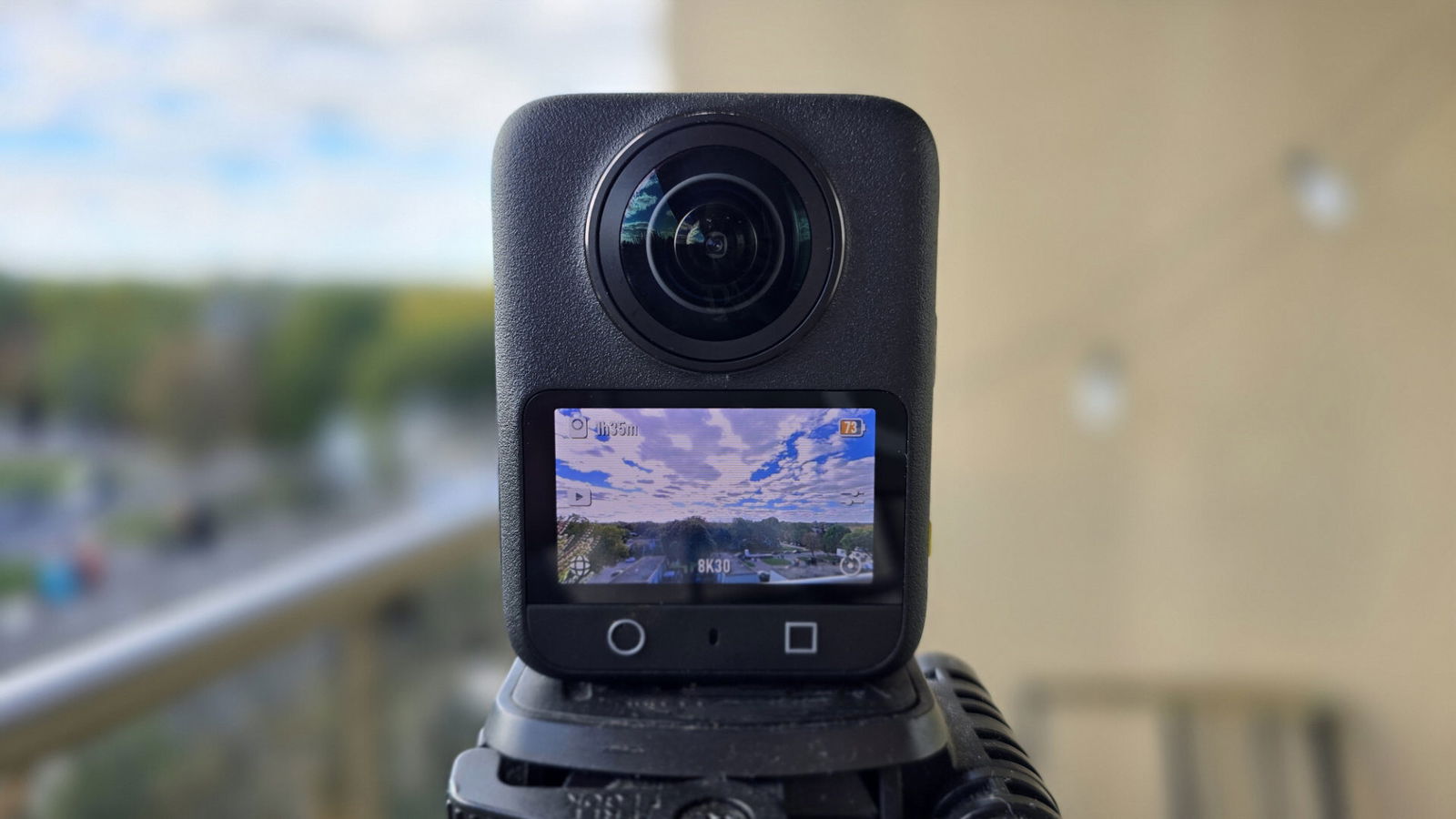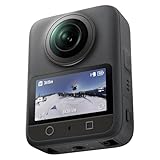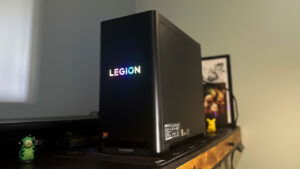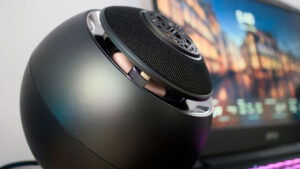DJI and Insta360 have been fierce competitors lately — in the best way for consumers — each releasing products that directly challenge the other. This rivalry has fuelled both innovation and choice in the action camera market. The DJI Osmo 360 is a strong answer to Insta360’s X5. While DJI appears to have pulled ahead in some areas, the company still has ground to make up in others.
Like other action camera manufacturers, DJI offers more than one bundle for the Osmo 360. Options range from the standard package — which includes the camera, a pouch and a lens protector — to more elaborate cycling and motorcycling POV kits. The combo we received was the Adventure Combo, which includes the Osmo 360, an invisible selfie stick, a USB-C cable, two additional 1,950 mAh Extreme Battery Plus units (along with the one preinstalled in the camera), a battery charger, lens protector, cleaning cloth, quick-release adapter and a carrying case.
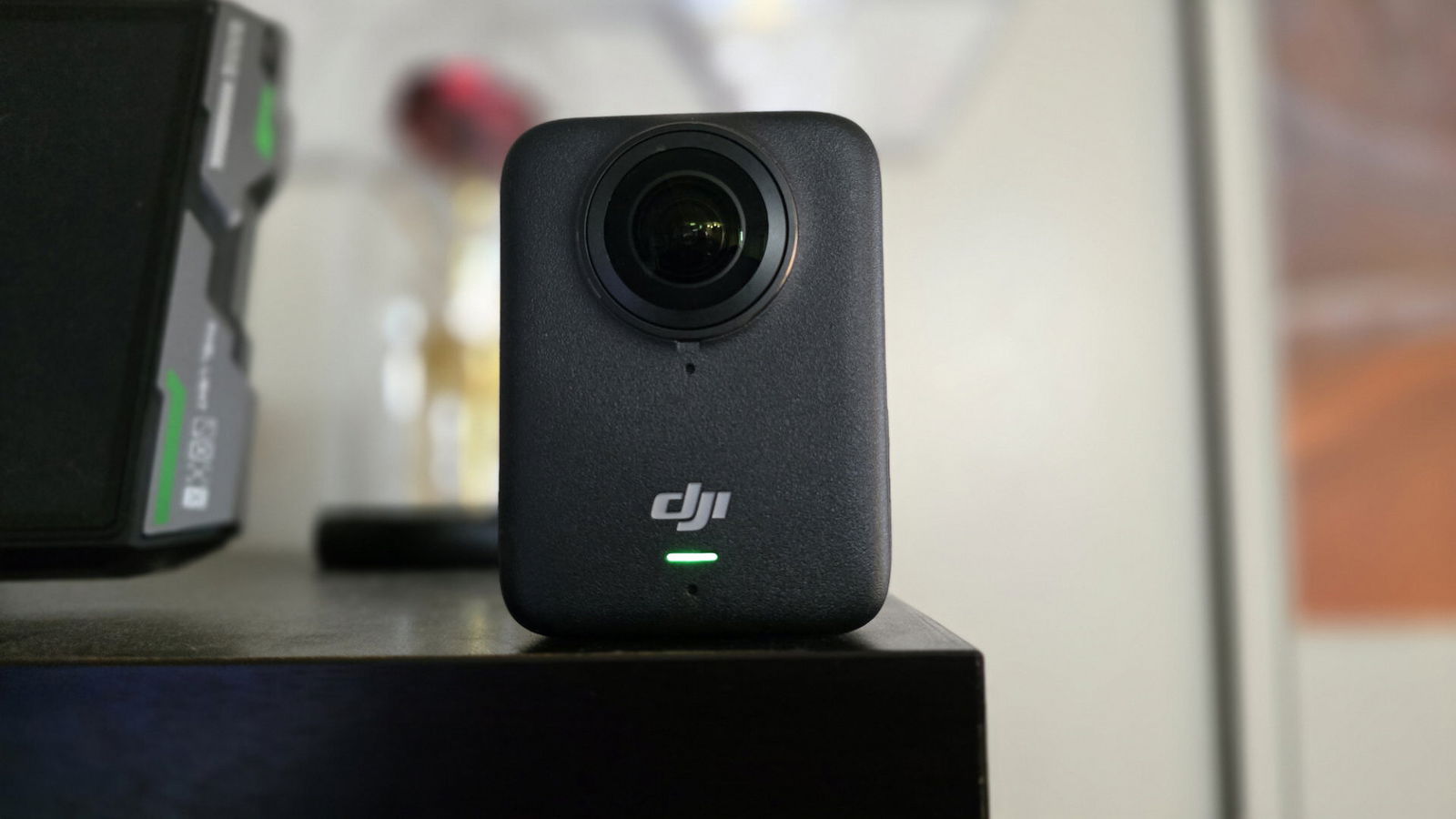
The DJI Osmo 360 was a pleasant surprise in terms of size. In images, it appeared only slightly larger than a standard action camera, and I was initially concerned it might be too small. In reality, it’s shorter but wider than the Insta360 X5, a result of its screen being oriented in 16:9 rather than 9:16 — a layout I prefer. I shoot in 16:9 far more often, and that aspect ratio makes the screen easier for me to navigate. It also allows the front buttons to be slightly larger and easier to press.
“The DJI Osmo 360 is a strong answer to Insta360’s X5.”
The doors for the battery and USB-C port are somewhat stiff at first, as the release must be slid to the side before the door can be moved down. However, the learning curve is minimal and the process quickly becomes second nature. On the bottom are the connectors for the magnetic adapter and a 1/4-inch thread for a selfie stick or other mounts. What’s most intriguing — and something I’ll expand on later — are the metal connection points on the bottom. They serve a purpose that I absolutely love about the DJI Osmo 360.
The DJI Osmo 360 features a 1/1.1-inch sensor and captures content at an f/1.9 aperture with an ISO range of 100 to 51,200. It’s capable of recording up to 8K at 60 frames per second. That resolution comes from two lenses, each capturing 4K footage. When converted to a flat 16:9 image, the final resolution isn’t true 8K. Shooting with a single lens, such as in selfie mode, produces 4K video. The camera includes a microSD card slot that supports up to a 1 TB card — a welcome feature if you shoot as much footage as I do.
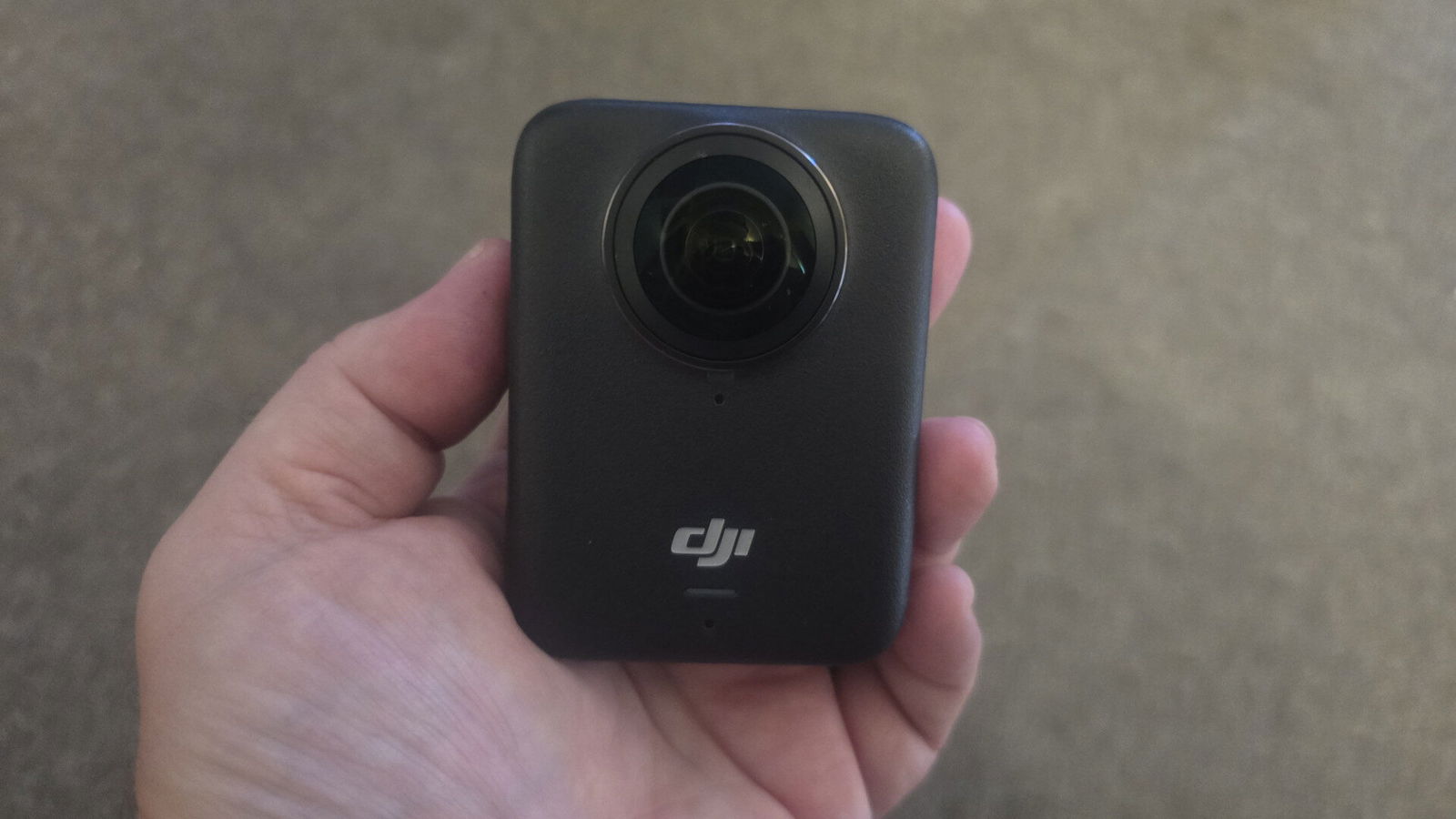
Image stabilization on the Osmo 360 is exceptional. DJI’s RockSteady 3.0 stabilization and HorizonSteady technology keep the horizon locked, even during flips and fast movement, resulting in some of the smoothest video imaginable. These features can be turned off if desired, since smoothness isn’t always the goal — sometimes, you may want to capture the full motion around you. Just let me know first, though, because I get dizzy easily.
The number of shooting modes available on the DJI Osmo 360 gives creators a great deal of flexibility. Panorama mode uses both lenses, while single-lens modes rely on just one, using half the data. That efficiency makes it an appealing option when you don’t need a full 360-degree view.
The SuperNight mode is the DJI Osmo 360’s answer to low-light conditions, using an algorithm that enhances brightness while minimizing noise. I tested this mode on dark rides at Walt Disney World, and the results were outstanding. The Osmo 360 also includes an impressive Time Lapse and Hyperlapse mode, allowing you to capture stunning panoramic footage at varying speeds. Hyperlapse can speed content up by as much as 30 times, while Time Lapse can capture one frame every second to every hour.
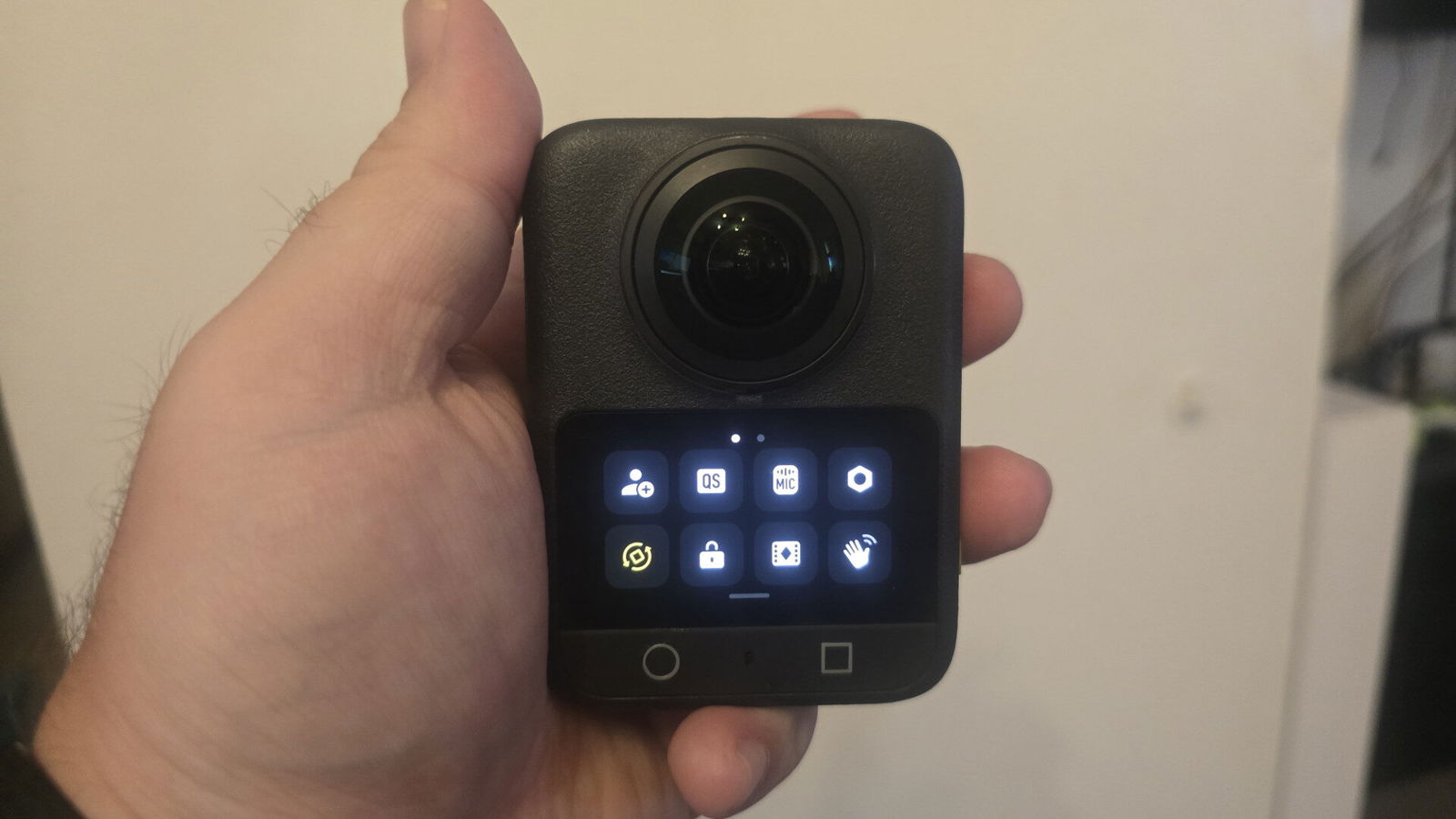
For slow motion, the maximum available is 120 frames per second, offered only at select resolutions and in certain modes. Playback at 30 frames per second delivers a pleasing slow-motion effect, though not an extreme one. This feature is available in both single-lens and panorama vortex modes.
“When comparing footage side by side between the Osmo 360 and the X5, I’d give the Osmo 360 a slight edge in image quality, thanks largely to its larger sensor.”
If you’ve used almost any action camera before, the DJI Osmo 360 interface will feel instantly familiar. Navigating its features with swipes from each edge of the touchscreen is intuitive. The camera can also begin recording straight from a powered-off state, automatically starting up and capturing video immediately. Another familiar setting is pre-record mode, which continuously captures footage in the background so that when you hit record, the previous few seconds — up to 30 — are saved as well.
The DJI Osmo 360 can connect to two separate microphone transmitters at once. If you own the DJI Mic 2, DJI Mic Mini or the new DJI Mic 3, you can pair each transmitter with the Osmo 360 to capture group audio with ease. I immediately thought back to a food review trip I took with my wife — this setup would have made recording both our voices effortless, with the camera capturing video and the two mics handling the audio. It’s a strong advantage for DJI to be among the few brands whose microphones pair directly with their cameras.
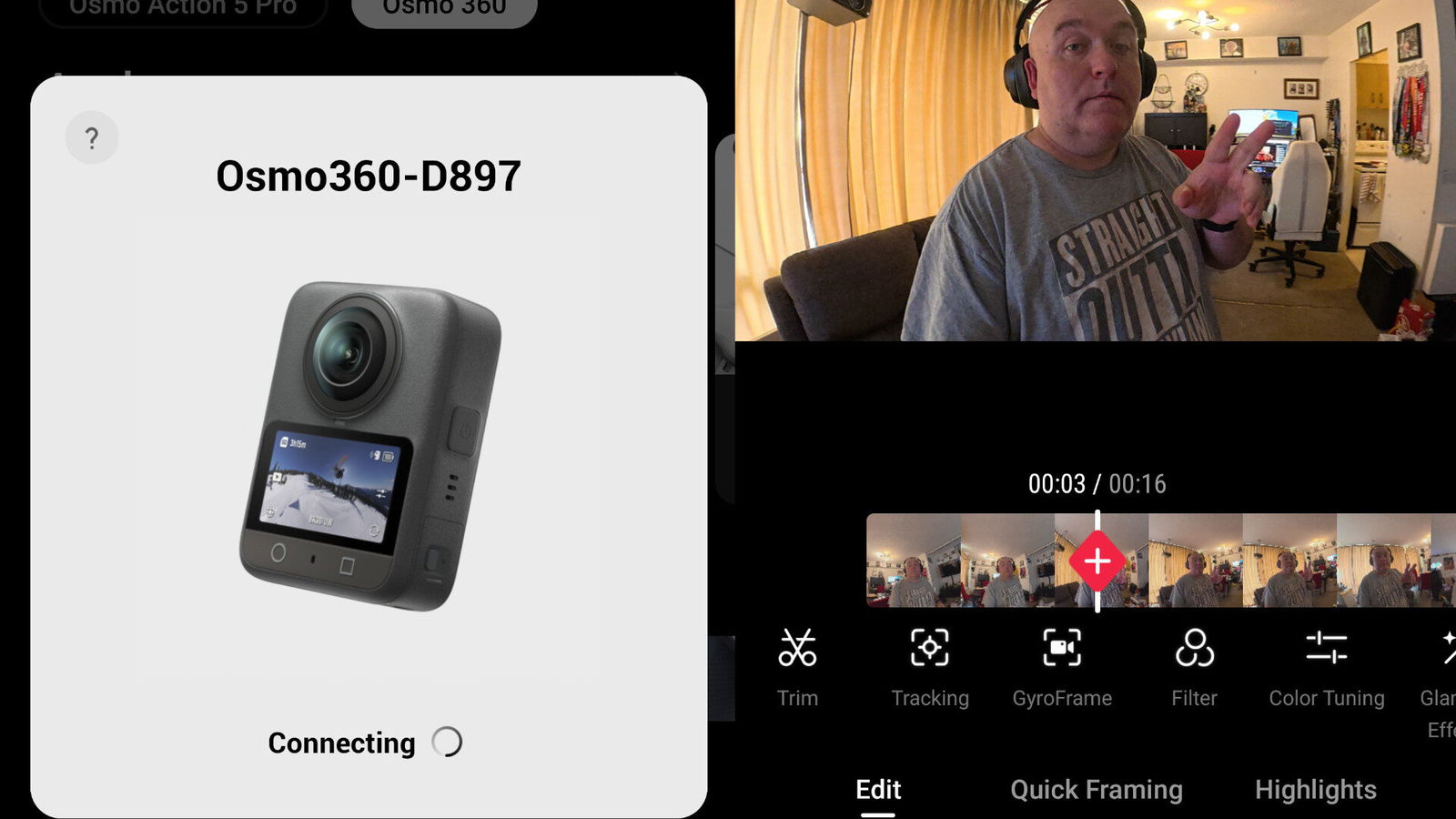
Video quality is excellent overall. When using the right modes and lighting, you’ll rarely be disappointed. One note on SuperNight: it’s best avoided outdoors when dusk is just beginning, as it can make the footage appear almost like daylight and spoil the intended mood of the shot.
When comparing footage side by side between the Osmo 360 and the X5, I’d give the Osmo 360 a slight edge in image quality, thanks largely to its larger sensor. That difference becomes more noticeable in night mode, where sensor size plays a greater role. I find the two low-light modes — SuperNight and PureVideo — to be comparable, each with similar strengths and minor drawbacks, such as a bit of jitter during quick movement.
I would say that Osmo is better at capturing the colours and details that exist, which is the bulk of what you shoot, whereas the X5 has a bit of an advantage in processing and making the most out of what it can capture in tougher conditions. But this isn’t comparing a 10 and a 2… these are very marginal differences.
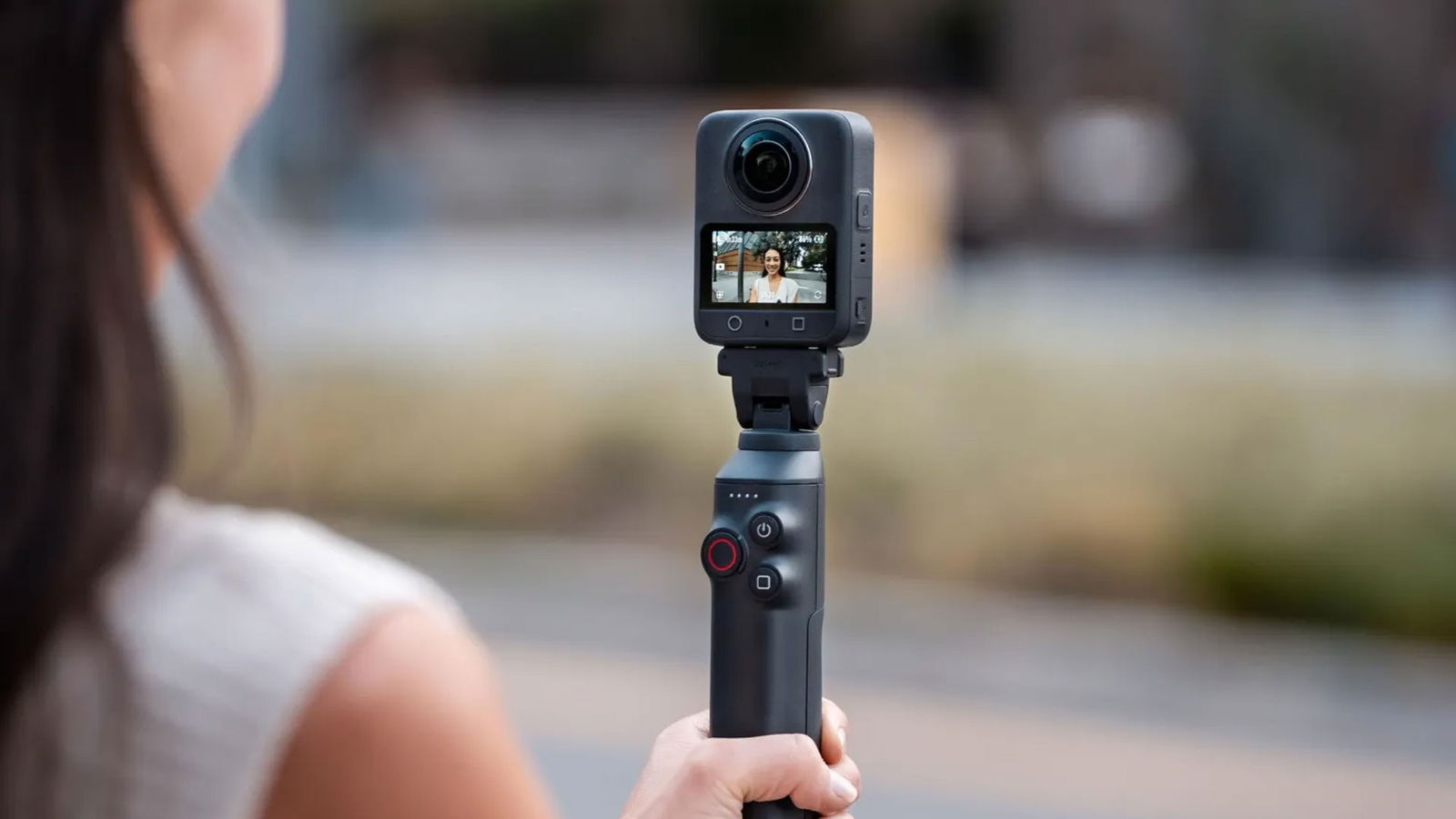
Battery life was another close race, with both cameras lasting about the same amount of time. The Insta360 X5 edged out the DJI Osmo 360 by only a few minutes, though this was during the toughest conditions — a near 40-degree Florida heatwave. Neither camera reached its ideal battery life in those tests, but both lasted longer than expected, especially considering they tend to heat up during extended recording. In more controlled conditions, the results were nearly identical, with both cameras running just over 90 minutes continuously.
“For anyone not already invested in the Insta360 ecosystem and looking to buy their first 360 camera, it’s hard not to recommend the DJI Osmo 360.”
One area where the DJI Osmo 360 currently lags is in its companion apps, both mobile and desktop. It’s not a major criticism of DJI’s user interface, which is quite intuitive and makes browsing and editing footage easy, including keyframing panoramic clips into flat videos. However, Insta360’s apps are more feature-rich, offering a wider range of tracking tools and effects for users who like to experiment.
Where DJI clearly pulls ahead is in accessories and overall value. The company offers add-ons that Insta360 has yet to match. The Adventure Combo I tested included two extra batteries and, importantly, a dual charger. Even with a spare battery for the X5, I wouldn’t have been able to charge one while using the other, since Insta360 doesn’t include a charger in its bundles. This makes the battery comparison almost irrelevant — DJI has effectively given users near-limitless shooting power.

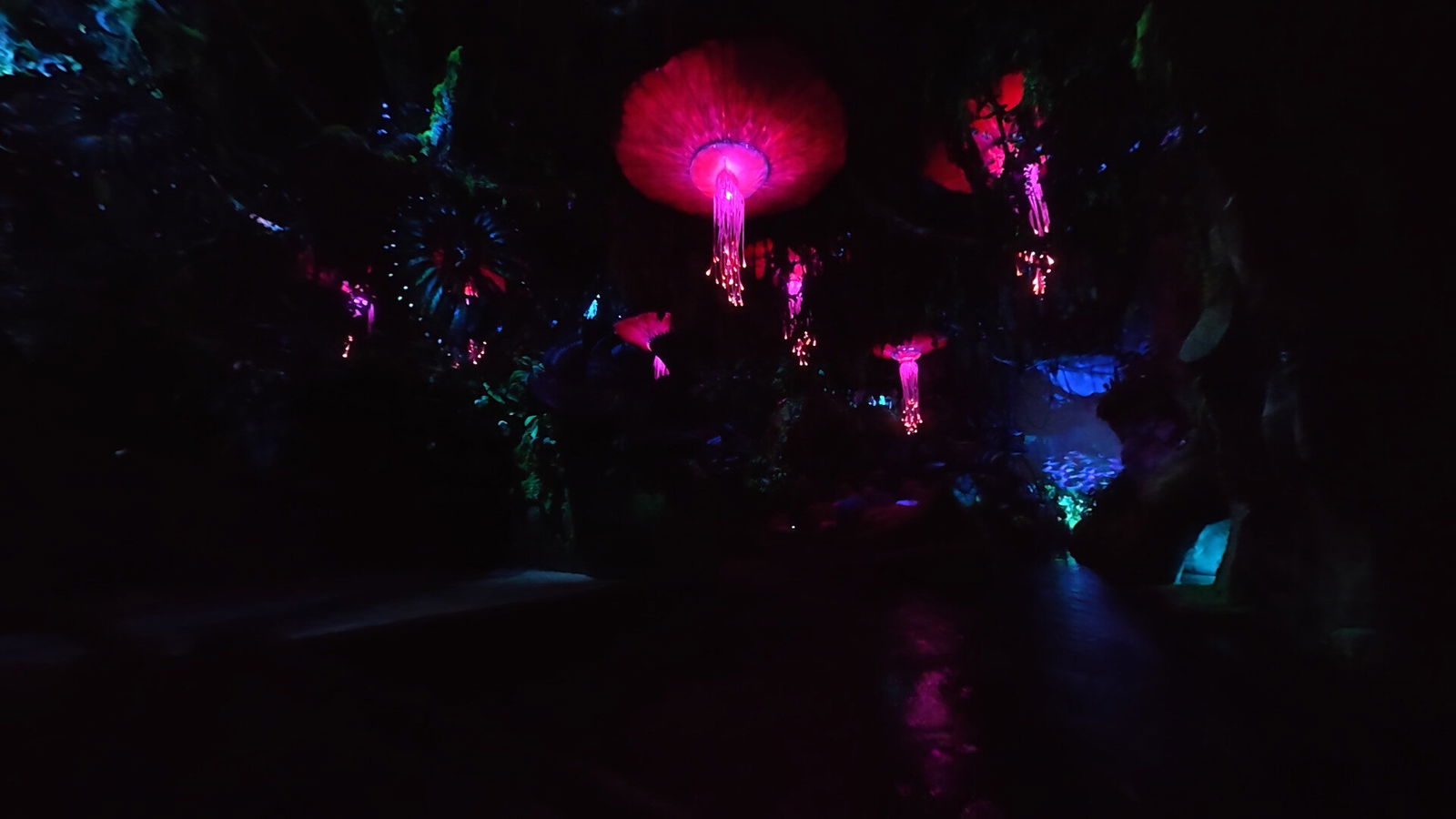

Another standout accessory is the Battery Extension Rod (sold separately). This is where those connectors on the bottom of the DJI Osmo 360 come into play. The rod not only extends to 90 centimetres, but also includes a built-in battery that adds up to 4.5 hours of recording time. It features integrated controls that don’t require a separate Bluetooth connection, allowing you to power the camera on and off, start recording, and use a multifunction button. I used that button to switch the camera from front-facing to selfie mode — the default setting. There’s simply nothing comparable among competitors.
Value is the other side of DJI’s advantage. The standard combo retails for $430 US — more than $100 less than the Insta360 X5. Even when comparing the closest bundles (none are true one-to-one matches in terms of accessories), DJI’s pricing remains considerably more appealing. For anyone not already invested in the Insta360 ecosystem and looking to buy their first 360 camera, it’s hard not to recommend the DJI Osmo 360.
- Big Views, Brilliant Quality – Groundbreaking 1-inch 360° imaging [1] delivers excellent low-light image quality, so you get sharper shots with your 360 camera for every adventure.
- Stunning, Day or Night – Capture every detail with 8K 360° videos and store them effortlessly with 105GB Built-in Storage. Whether you’re exploring city nights or chasing sunrise, your 360 camera delivers crisp, vibrant panoramas, even in low light.
